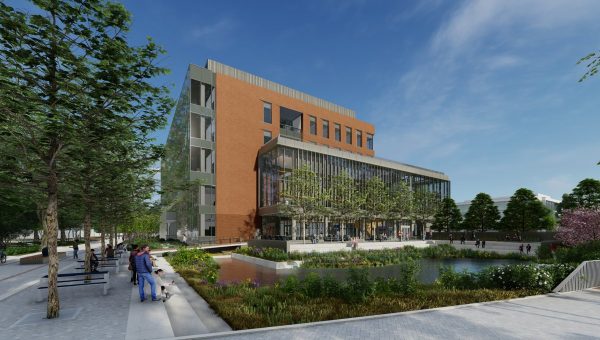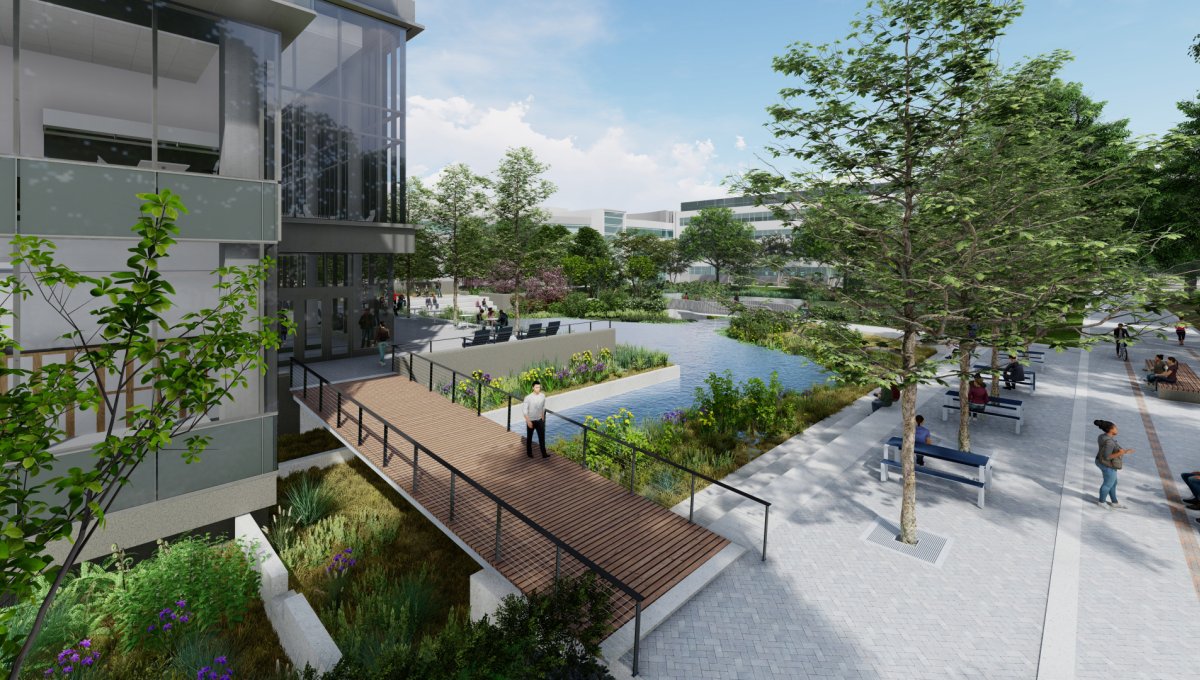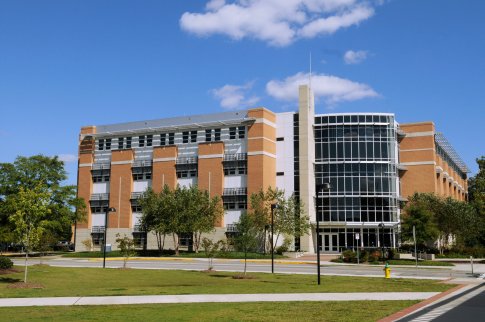Since November 2024, Old Dominion University has been in its third phase of the Campus Master Plan, a complex development and strategic plan to expand the university’s academics and research capabilities with new building development, renovations, and the reusing and repurposing of existing spaces.

The newest edition of the plan is the official announcement of a five-story 162,586-square-foot Biological Sciences Building to stand where the current Arthur and Phyllis Kaplan Orchid Conservatory, Pretlow Planetarium, and Alfriend Chemistry buildings reside. The three buildings are scheduled to undergo demolition starting May and going into the summer, which will immediately be followed by construction. Funded by a state issued bond, construction is predicted to be completed in 2028. The Biological Studies Department is one of the largest at ODU, with over 800 undergraduate students, nearly 100 graduate students, and an emphasis on research of the South Hampton Roads environment.
The new building will house the Department of Biological Sciences, the College of Sciences Dean’s Office, the new two-story Arthur and Phyllis Kaplan Orchid Conservatory with a terrarium, classrooms seating 24, 48, and 72 students, a lecture hall seating 120 people, event spaces, teaching labs, zoology collections, a freezer farm, and research labs to emphasize the university’s status as a Research 1 institute. The building was designed by VMDO Architects and Ballinger and O’Shea Wilson Site Works, with W.M. Jordan Company to serve as a general contractor for the building’s construction.
Sitting adjacent to the Mills-Godwin building, the Webb Center, and the Oceanography and Physical Sciences building, strategic positioning will take advantage of the north light so research labs facing that direction get full light exposure through glass. The student common area will open up to a seating area in front of the pond currently in the science quad built with a new bridge.

During the breaking ground ceremony on April 28, 2025, Old Dominion University President Brian O. Hemphill, Ph.D. credited the Commonwealth of Virginia and the leadership of Governor Youngkin and the General Assembly for a $184 million investment. According to Hemphill, the building will be the largest capital project in the university’s history in both scope and size.
Students, faculty, and staff are encouraged to visit the project’s webpage for updates to ensure and prioritize safe traveling during demolition and construction.









